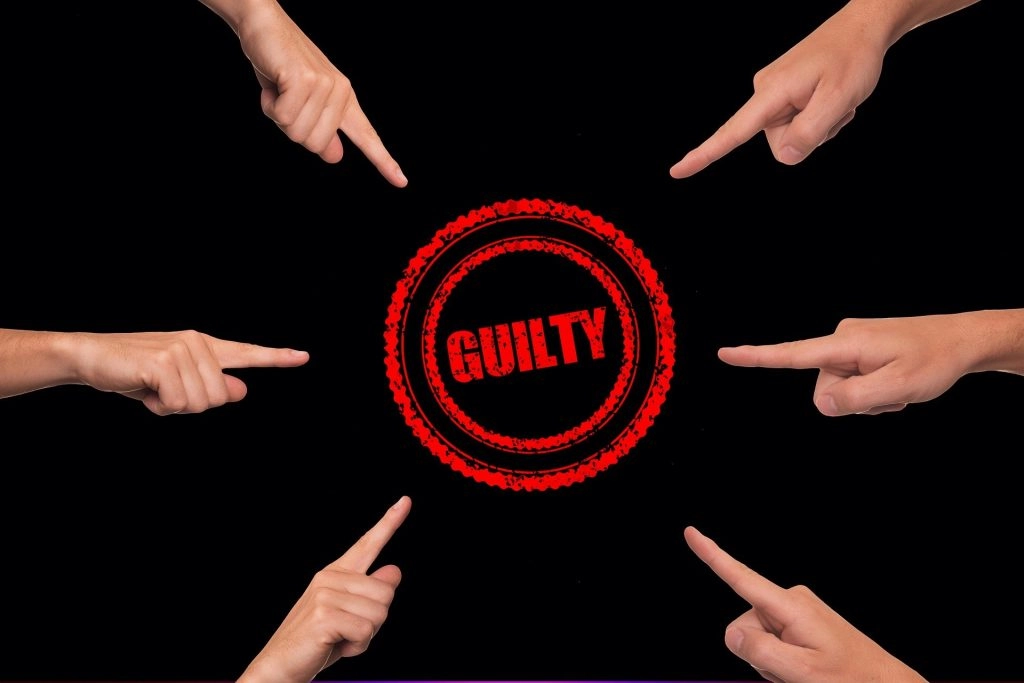
When a company faces insolvency, one of the key early steps in the legal procedure is the drafting of a detailed report by the insolvency practitioner (judicial administrator or liquidator). This report – commonly referred to as the Causal Report – investigates the reasons behind the insolvency and may even identify individuals potentially responsible for the financial collapse.
Understanding this report is essential not just for local stakeholders, but also for foreign investors, creditors, or partners.
It provides crucial insights into how the debtor operated, whether mismanagement or fraud may have occurred, and whether there's potential to recover losses through legal action.
Knowing whether and on what grounds such a report can be challenged is critical when your rights or investments are at stake. This article outlines the Romanian legal framework around the Causal Report and offers guidance for those involved in or impacted by insolvency procedures.
In Romania’s general insolvency procedure, the insolvency practitioner must draft a detailed Causal Report within 40 days of their appointment. It must outline:
This report is crucial for informing creditors, the court, and other stakeholders, and may form the basis for legal action (under Articles 169–173 of the Romanian Insolvency Law) to hold managers or other parties liable for the financial collapse.
There may be dissatisfaction with the causal report’s content—creditors might feel not all liable parties were identified or that only objective causes were considered, while the statutory administrator may contest being named as potentially responsible.
No – a direct legal challenge to the Causal Report is inadmissible.
Courts and legal doctrine maintain that it expresses the professional opinion of the insolvency practitioner, which cannot be judicially overturned.
However:
The insolvency practitioner is required to effectively examine the submitted documents and conduct a detailed, case-specific analysis of the causes leading to insolvency. However, they are not obliged to provide an exhaustive list of all reviewed financial documents or every accounting irregularity found.
Regarding potential liability, the law and established practice accept the presentation of preliminary indications pointing to responsible individuals. These findings may later be supplemented—if necessary—through reconstruction of the debtor's accounts, additional information from authorities, or an accounting expert report requested by the creditors' committee or assembly.
Where objectively possible, the completion or, the revision by the insolvency practitioner of the Causal Report, so that it meets the legal requirements.
Even in the absence of such a report, the law allows the initiation of a liability action if supported by other evidence. The report is not a mandatory prerequisite for holding individuals accountable.
Generalyy, though not in all cases, its conclusions condition the insolvency practitioner's decision to initiate such an action; however, its existence and conclusions do not bind the entitled creditors or the creditors’ assembly from initiating a liability action.
What is the liability action?
The action for holding individuals personally liable is the legal action through which it is sought that a part or the entire debt from receivables table in Insolvency be borne by the members of the management and/or supervisory bodies of the company, as well as any other individuals who have contributed to the debtor's insolvency, through acts specifically outlined by law, without exceeding the damage directly caused by those acts.
